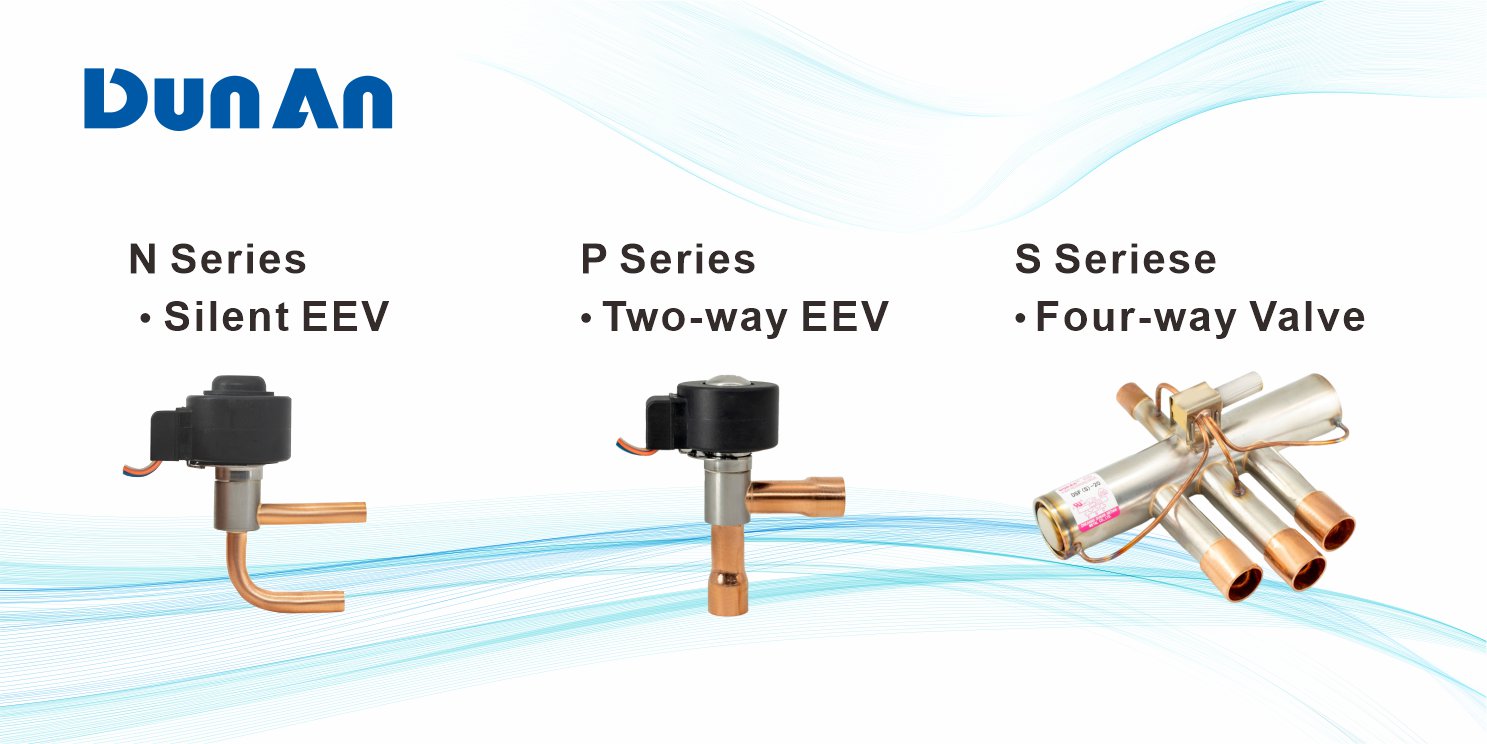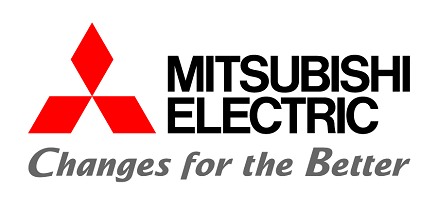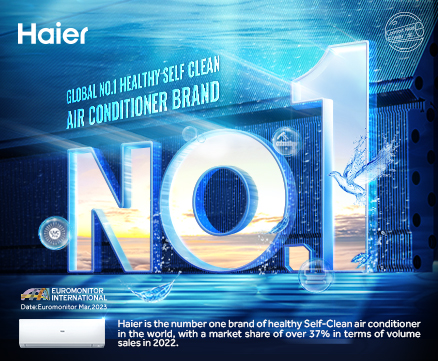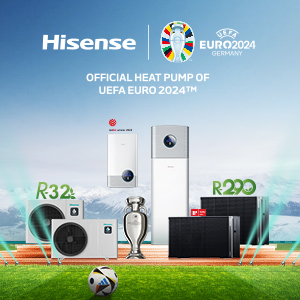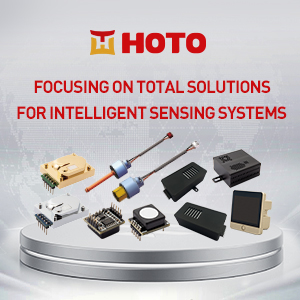Southern Hemisphere AC Market Gradually Recovers in 2017
2018-04-24
In the Northern Hemisphere, the air conditioner sales season will begin soon, while in the Southern Hemisphere the sales season will soon be over. JARN carried out questionnaire and interview surveys of global leading air conditioner manufacturers and asked about the Southern Hemisphere market situation in 2017 and 2018. After a stagnant situation, there is now a silver lining in the Southern Hemisphere air conditioner market. Australia showed favorable growth and acted as a driving force in 2017. The Brazilian market has been showing signs of recovery recently. In Africa, several markets have growing potential, and these markets expected to bring business opportunities for air conditioner manufacturers.
After a stagnant situation, there is now a silver lining in the Southern Hemisphere air conditioner market. Australia showed favorable growth and acted as a driving force in 2017. The Brazilian market has been showing signs of recovery recently. In Africa, several markets have growing potential, and these markets expected to bring business opportunities for air conditioner manufacturers.Oceania
In Australia and New Zealand, the number of immigrants has been increasing since 2015, but the increasing pace has now slowed, mainly due to regulatory policies. With Fujitsu General split air conditioners displayed at a shopping center in Springvale, Australia higher populations, the construction industry achieved steady results in 2017. The region as a whole experienced a milder winter and a milder summer compared with 2016.
Australia
In Australia, the air conditioner market scale has been expanding in recent years. Also in 2017, both room air conditioners (RACs) and packaged air conditioners (PACs) recorded about a 20% growth. Air conditioners sold in Australia are mainly imported from Southeast Asian countries.
The RAC market in 2017 showed healthy growth during heating season from April to September. For cooling demand, RAC sales got off to an early start in September. In the previous 2016 –2017 summer, heat waves hit Australia and many users couldn’t get their air conditioners quickly due to lagging installation services. Users rushed to buy RACs earlier in 2017, leading to the early start in sales. However, in the middle of the summer, from December 2017 to February 2018, the weather became unstable and the growth of RAC demand slowed.
It is estimated that housing construction is decreasing, which will shift the air conditioner demand from new installation to replacement demand in Australia.
In Australia, almost all air conditioners excluding window type RACs are of an inverter type. For indoor units, the ducted type is popular for both residential and commercial use PACs. Wall-mounted type RACs and ceiling cassette and ceiling concealed types PACs are also popular.
Japanese manufacturers lead the Australian RAC market and include Daikin, Fujitsu General, Panasonic, Mitsubishi Electric, and Mitsubishi Heavy Industries (MHI). They focused on the Australian market, especially in 2017 when the Southeast Asian market was stagnant, in order to increase their sales. Local manufacturers including ActronAir and Kelvinator are also increasing their market share with price-competitive products in mass retailer channels.
 Daikin utilizes dealer and professional shop channels in Australia and has been focusing on replacement demand with them. Its ducted type Sky Air PACs for single-family and multi-family dwellings showed strong sales in 2017.
Daikin utilizes dealer and professional shop channels in Australia and has been focusing on replacement demand with them. Its ducted type Sky Air PACs for single-family and multi-family dwellings showed strong sales in 2017.In February 2018, Fujitsu General Australia started the construction of its head office comprising an 11,093 m2 building and an 8,500 m2 distribution warehouse. The new offices and warehouse will improve operational and distribution efficiency across the
Fujitsu General network, nationally. The company also opened the first Fujitsu General Air Conditioning Centre in the Asia Pacific region on March 10, 2018 in Australia. The store will feature multiple zones for consumers to experience different Fujitsu General air conditioning systems, from wall-mounted units, to multi-split systems and ducted solutions.
MHI adopts a direct selling sys-tem through its subsidiary MHI Air-Conditioning Australia (MHIAA). The company is expanding its product line up imported from its Thai factory.
Led by Japanese manufacturers, the number of R32 RACs is increasing in Australia. Daikin has adopted R32 refrigerant for all of its newly released single - split models. The company is also shifting its multi-split RACs to R32 models. For PACs, R410A models remain, but a switch to R32 is planned within a year.
With various R32 models, Fujitsu General plans to expand R32 RACs incorporating a Wi-Fi control function. Mitsubishi Electric started to sell cooling-only R32 RACs from August 2017. MHI is proceeding with Minimum Energy Performance Standard (MEPS) registration for R32 models.
The Australian government plans to put in force the new MEPS for air conditioners from April 2019. According to the plan, the new MEPS will adopt the Seasonal Energy Efficiency Ratio (SEER) for rating air conditioner energy efficiency. The current Energy Rating Label will be replaced with the Zoned Energy Rating Label.
New Zealand
New Zealand RAC market remained mostly the same in 2017 compared with 2016, while PACs increased thanks to a stable construction market. The house builder sales channel is expanding in the country.
As in Australia, almost all RACs and PACs are of an inverter type. For RACs, R410A models are popular. For PACs, ceiling-concealed type R410A units are the main sellers. The New Zealand government has developed the New Zealand Emissions Trading Scheme (NZ ETS) as principal policy in response to cli-mate change. Backed by this policy, R410A refrigerant is being replaced by R32.
Japanese manufacturers dominate the market and include Daikin, Fujitsu General, Panasonic, Mitsubishi Electric, and Toshiba Carrier.
I n November 2016, Daikin opened its sales subsidiary Daikin Air Conditioning New Zealand (DNZ) to offer air conditioning products and maintenance services.
Latin America
Air conditioners sold in Latin America are mainly imported from Asian countries centering on China. The market scale of each country on a unit basis is not very large, so manufacturers are not aggressively investing in development. Against this backdrop, many manufacturers purchase products from Chinese manufacturers on an original equipment manufacturing (OEM) basis.
In countries like Panama and Columbia, leading professional air conditioner stores, namely air conditioner distributors, are selling products under their original brands, most of which are also OEM products from China.
Chinese manufacturers such as TCL and AUX are active in Argentina and other countries in Central and South America.
Brazil
The Brazilian economy is showing signs of a gradual recovery. The Brazilian RAC market increased to 2.5 million units in 2017. RAC imports from China also increased, driven by OEM products from local private brands.
The first quarter of 2018 is estimated to have increased by about 5% compared with the previous year. Many manufacturers expressed that they are fully confident that 2018 will be a good year.
In Brazil, non-inverter wall-mounted single- split RACs are mainstream in the market. Of them, the cooling-only type is estimated to have a 60% share, and heat pump type a 40% share. Low-priced RAC and PAC models are popular. The northeast area and Rio de Janeiro zone are cost-competitive markets.
To gain tax benefits from local production, Daikin, Gree, Midea-Carrier, Whirlpool, Electrolux, LG, and Samsung all have air conditioning plants in the Free Economic Zone of Manaus, Brazil. Fujitsu General partnered with a local manufacturer and started local assembly of air conditioners in fiscal year 2016 (end of March 2017) and plans to expand locally produced models.
Online sales of air conditioners in Brazil are about 10% of total sales. As the installation service system has not yet been established, at this stage online sales in the country are unlikely to grow to the same level as in China that has a big online sales scale. Many manufacturers are accelerating acquisitions of distribution channels to promote products and improve service quality.
Chinese and South Korean manufacturers lead the market and include Midea Carrier, Gree, Samsung, and LG. Electrolux from Europe is also active in the market. Gree is expanding its air conditioner sales in Brazil. Haier has increased promotion of its own brand in Brazil.
 Midea Carrier is a joint venture (JV) of Midea and Carrier. It re-leased energy efficient Comfee series new split air conditioners in the Brazilian market in October 2017.
Midea Carrier is a joint venture (JV) of Midea and Carrier. It re-leased energy efficient Comfee series new split air conditioners in the Brazilian market in October 2017.LG shifted all air conditioners to inverter models, and this move has expanded its sales and also expanded the inverter market.
Fujitsu General focuses on promoting larger capacity models including wall-mounted single- splits, multi-splits, and PACs. From fiscal year 2018, the company will bring new wall-mounted models of 36,000 BTU and 45,000 BTU multi-splits that connect to up to six indoor units to the local market.
The Brazilian government plans to enforce new MEPS for single-split RACs and PACs during fiscal year 2018. According to the new MEPS, the threshold value will increase to an energy efficiency ratio (EER) of 2.81.
Africa
South Africa
 In South Africa, the construction market is active. Large shopping malls are being constructed and there are increasing numbers of commercial buildings in the Sand-ton area in Johannesburg, the largest city and business center of the country. Johannesburg is located in a highland region and in the past, there was no need to use air conditioners. However, there have been more hot days in summer around Johannesburg in recent years, and air conditioner demand has been increasing.
In South Africa, the construction market is active. Large shopping malls are being constructed and there are increasing numbers of commercial buildings in the Sand-ton area in Johannesburg, the largest city and business center of the country. Johannesburg is located in a highland region and in the past, there was no need to use air conditioners. However, there have been more hot days in summer around Johannesburg in recent years, and air conditioner demand has been increasing.The RAC market in South Africa reached 167,000 units in 2017.
For RACs, heat pump type inverter models are mainly sold. The share of inverter RAC models is estimated at three-quarters of the market. For PACs, the inverter rate increased to about 95%. Both RAC and PAC markets have already shifted from R22 to R410A refrigerant.
Daikin, Samsung, LG, Mitsubishi Electric, Midea, and Carrier lead the market. Panasonic entered the market and is gradually expanding its product range. Fujitsu General offers products mainly through contractor and professional routes.
Algeria
The Algerian RAC and PAC markets in 2017 both grew by around 15%, respectively.
From 2018, the Algerian government banned imports of RACs in order to nurture local production and local brands. Accordingly, localbrands have been expanding their market share, especially in the wall-mounted type RAC segment. Several foreign manufacturers are setting up RAC production bases in Algeria. France -based Brandt set up a new factory covering an area of about 1 million m2. Samsung has partnered with a local manufacturer and will start local production.
Condor, a local giant, is leading the market, followed by Midea, Brandt, LG, and Starlight. Condor has over 100 showrooms and opened the latest one in Benin in West Africa in March 2018. Condor started direct sales, skipping the usual intermediate players from dealers and mass retailers, to in-stallers. Fujitsu General focuses on PAC sales through distributors, by setting up showrooms on a brand basis.
The Algerian government plans to introduce a new energy law that is expected to impose a tax from 5 to 30% on air conditioners according to their energy efficiency. Accordingly, highly efficient inverter air conditioners are expected to expand their share from the current penetration rate of about 70%. In Algeria, RACs and PACs commonly use R410A refrigerant.
Egypt
The air conditioner market scale in Egypt amounted to about 523,000 units in 2017.
Heat pump type low-end air conditioners are popular in the market. Foreign manufacturers including
Carrier, Sharp, and Gree, and local manufacturers including Unionair and Power lead the market.
In addition to local players, Carrier, LG, Samsung, and Gree own production bases in the country. In 2004, Sharp started technical co-1laboration with a local manufacturer ElAraby to assemble RACs for Egypt and surrounding countries. Unionair and Power also aggressively export their air conditioners to other countries in Africa.
Unionair is a local home appliances company and offers split type, window type, floor-standing type, and ducted type RACs. Daikin Europe established its sales subsidiary Daikin Air-conditioning Egypt (DAEG), a JV with BPE partners, and started operations in August 2016. Fujitsu General sells its air conditioners mainly through directly managed shops, dealers, and super markets. Midea sells its RACs using the Fresh brand.
Nigeria
The Nigerian air conditioner market was 596,000 units in 2017, and RACs accounted for 557,000 units.
Cooling-only low-end models are the biggest sellers. Price competition is fierce, especially for floor-standing types.
LG, Samsung, Panasonic, Haier, and Midea lead the market.


